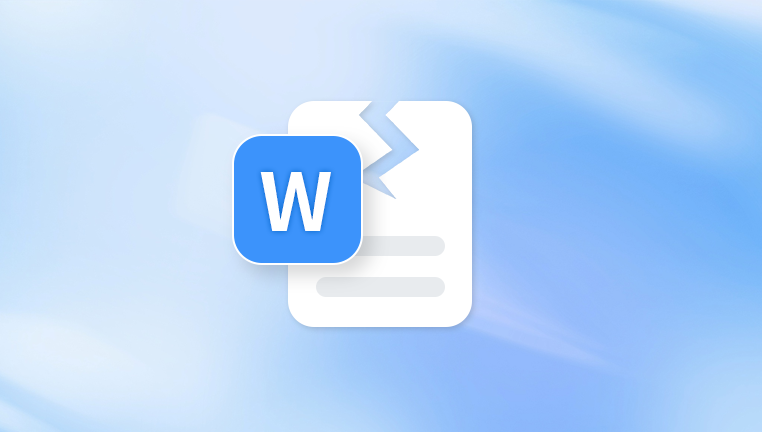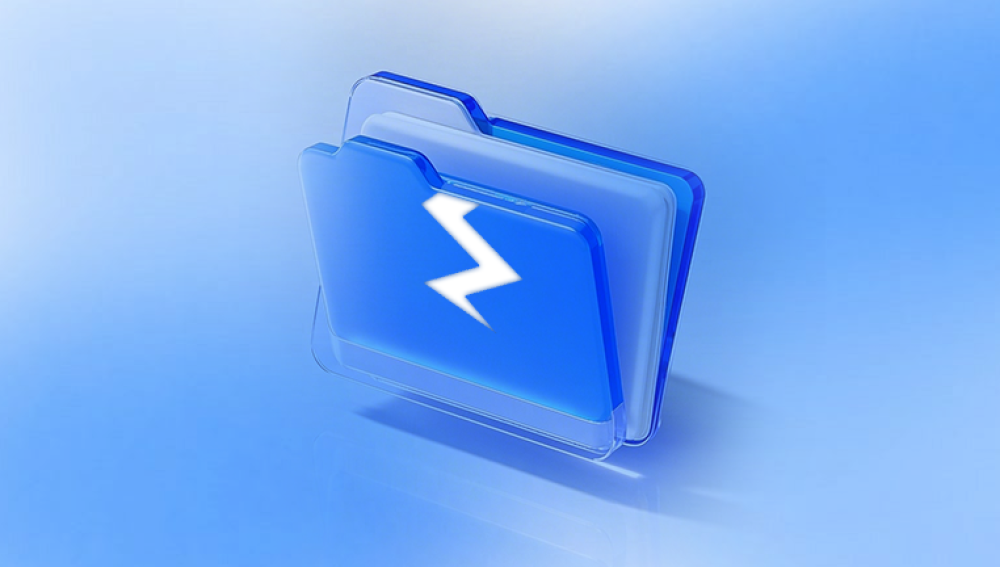Microsoft Word is an essential tool used by millions of people around the world from students writing essays to professionals drafting contracts, reports, and manuscripts. Its reliability is generally trusted, but even the most well-built software can encounter problems. One of the most frustrating experiences for any user is when a Word document becomes corrupt and refuses to open, or worse, opens only to show scrambled text, missing images, or formatting errors.
Corruption in Word files usually stems from unexpected interruptions or storage issues that interfere with how the file is saved. Here are some of the most common causes:
1. Sudden Power Loss or Shutdown
If your computer shuts down or loses power while a Word file is open and unsaved, the document might not close correctly, leading to corruption.

2. Faulty Storage Devices
USB drives, external hard drives, and even SSDs can contain bad sectors. If your Word file is stored or transferred through these devices, it might get corrupted in the process.
3. Improper File Transfers
Transferring files through unstable connections or disconnecting a drive before the transfer is complete can leave files incomplete or unreadable.
4. Virus or Malware Infections
Some forms of malware specifically target Microsoft Office files, altering their headers or content to make them unreadable or causing the software to crash when trying to open them.
5. Software Conflicts or Crashes
If Microsoft Word crashes while saving a file, it might result in partial saves or improperly encoded documents that won’t open again.
6. Incompatible Third-party Plugins
Add-ons and plugins designed to enhance Word’s capabilities can sometimes interfere with file handling and corrupt files during editing or saving.
How to Identify a Corrupt Word File
It’s not always immediately obvious that a Word file is corrupted. Here are the most common signs that your file has been damaged:
The file doesn’t open or shows an error like: “The file is corrupted and cannot be opened.”
The document opens, but content is missing.
Formatting is lost, and the text appears jumbled or in unreadable characters.
Microsoft Word crashes or freezes while opening the file.
Embedded images, charts, or links are missing or broken.
The file displays incorrect page numbers, spacing, or document structure.
The preview of the document is blank or shows symbols.
Once you notice any of these warning signs, it’s best to avoid editing the file any further and begin the repair process.
Benefits of Repairing Word Files Online for Free
While there are many downloadable tools and professional recovery services, online Word repair tools offer several clear advantages:
1. No Installation Required
You can access these tools directly from your browser without installing any software. This is especially helpful if you're working on a public or restricted computer.
2. Cross-platform Compatibility
Because they're cloud-based, these tools can be used on any operating system — Windows, macOS, Linux, or even a mobile device.
3. Quick Turnaround Time
Many free online tools can repair and return your file within minutes, depending on file size and corruption severity.
4. User-friendly Interfaces
Most services offer drag-and-drop upload and guided steps that require no technical knowledge to use.
5. No Cost (with Basic Features)
While advanced features may cost money, many services offer free basic repair for smaller or less severely damaged files.
Top Free Online Tools to Repair Word Documents
Panda Repair
With its user-friendly interface and powerful recovery engine, Panda Repair supports both modern and legacy Word formats. The process is straightforward: simply upload your corrupted Word file, let the tool scan and repair the damage, preview the recovered content, and download the fixed version all directly from your web browser. No installation, no registration, and no hidden costs.
Panda Repair works on any device with internet access, including Windows, macOS, Linux, and even smartphones. It uses secure, encrypted connections to handle your data safely, and all uploaded files are automatically deleted after processing to ensure privacy.
Even if your Word document shows error messages, opens with blank content, or displays unreadable characters, Panda Repair can recover text, formatting, and layout from most types of corruption. It’s ideal for students, professionals, writers, or anyone who needs fast, reliable document repair.
Best of all, it’s free. Panda Repair offers a no-cost repair service for lightly corrupted Word documents, making it perfect for quick fixes without the hassle of downloading software or paying for expensive tools.
Using any of the above tools usually follows the same basic steps. Here's how to repair your Word file online for free:
Step 1: Visit a Trusted Online Repair Tool
Choose one of the tools mentioned above based on your preferences and level of file damage.
Step 2: Upload the Corrupted File
Use the upload feature to select and upload your damaged .doc or .docx file. Some platforms allow drag-and-drop.
Step 3: Start the Repair Process
Click on the “Repair” or “Recover” button to begin the process. This may take a few seconds to a few minutes depending on the size of the file.
Step 4: Preview the Results
Many services will give you a chance to preview the recovered text before downloading.
Step 5: Download the Repaired File
Once you're satisfied, download the repaired version of your document and save it to your local storage or cloud drive.
What to Do If Online Tools Fail
If the free online tools don’t restore your document successfully, don’t panic. There are other solutions you can try:
1. Use Microsoft Word’s Built-in Repair Tool
Open Word.
Go to File > Open.
Select the damaged file.
Click the dropdown arrow next to “Open” and select Open and Repair.
Word will attempt to fix the document automatically.
2. Recover Unsaved or Previous Versions
Open Word.
Go to File > Info > Manage Document.
Click Recover Unsaved Documents.
Browse and open any auto-saved versions.
Save the recovered file under a new name.
3. Use WordPad or Notepad to Extract Text
Right-click your Word file and choose Open With > WordPad.
WordPad may open the file without formatting but can retrieve most of the raw text.
4. Use the TMP or ASD Backup File
Search for .asd or .wbk files in your Microsoft Office directory.
These are AutoSave and backup files created by Word automatically.
Open them directly in Word and save a new copy.
Tips to Prevent Future Word File Corruption
Once you’ve successfully recovered your file, it’s important to take steps to prevent this issue from recurring.
1. Always Save Properly
Avoid shutting down or unplugging your system while a file is open. Use Ctrl + S regularly and allow Word to close files fully before exiting.
2. Use AutoSave and AutoRecover
Turn on AutoSave and AutoRecover to automatically create backup versions every few minutes.
3. Avoid Editing Directly from USB
Copy the file to your local drive, edit it, and then copy it back to your USB or external storage.
4. Update Microsoft Word Regularly
Updates contain bug fixes and improvements that can help prevent future corruption.
5. Don’t Use Untrusted Plugins
Avoid installing unnecessary Word add-ins that might interfere with the software’s normal function.
6. Back Up Your Work
Use cloud storage services like OneDrive, Dropbox, or Google Drive. They offer automatic versioning and can help you restore previous versions if something goes wrong.
When to Seek Professional Help
In rare cases where your file is severely corrupted and you cannot recover it using online tools, consider reaching out to a professional data recovery service. These services specialize in deep-level repair and data extraction from damaged files.
Choose a professional service if:
The file contains business-critical or legal data.
You’ve exhausted all free repair options.
You’re working with files over 100MB or containing advanced elements like embedded videos or macros.
Corrupted Word files can be devastating, but they’re often fixable and frequently without spending a dime. Thanks to free online tools, repairing your document is now quicker and more accessible than ever. With just a few clicks, you can upload your file, have it scanned and repaired, and download a usable copy all within minutes.
If online tools don’t work, don’t forget that Microsoft Word has built-in features like “Open and Repair” and “AutoRecover” that may come to your rescue. And if all else fails, other tools like WordPad, Notepad, and temporary backups can help salvage your work.




